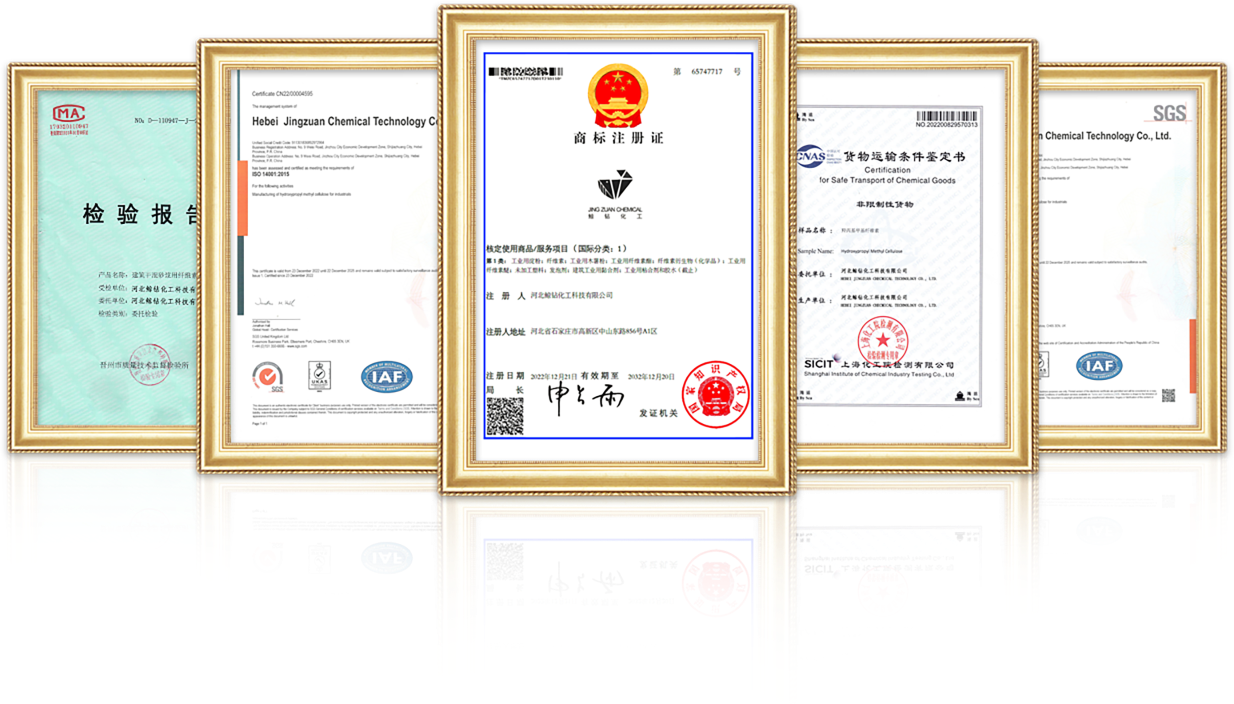
Oct . 17, 2024 00:56 Back to list
Exploring the Applications and Benefits of Hydroxypropyl Methyl Cellulose in Various Industries
Hydroxypropyl Methylcellulose A Versatile Polymer in Modern Applications
Hydroxypropyl methylcellulose (HPMC) is a non-ionic, water-soluble polymer derived from cellulose, an organic polymer that forms the structural component of plant cell walls. This versatile compound has garnered widespread attention across various industries due to its unique properties and functionalities. With its ability to form films, thicken solutions, and improve texture, HPMC is utilized in pharmaceuticals, food production, construction, and personal care products.
Properties of Hydroxypropyl Methylcellulose
The molecular structure of HPMC allows it to dissolve in water, forming a viscous gel that can hold moisture effectively. Several key properties make HPMC an appealing choice for manufacturers. Firstly, it is chemically stable and has a high level of compatibility with other substances, which makes it an ideal candidate for various formulations. Secondly, it is available in different viscosities and grades, enabling its application across diverse sectors to cater to specific needs. Additionally, HPMC is known for its film-forming ability, providing a protective barrier that enhances product durability.
HPMC in Pharmaceuticals
One of the most critical applications of HPMC is in the pharmaceutical industry. It serves multiple roles, including as a binder, film-coating agent, and controlled-release modifier. The binding property of HPMC ensures that tablets retain their shape while disintegrating in the digestive tract, improving the bioavailability of active pharmaceutical ingredients. Its film-coating capabilities enhance the aesthetic appeal of tablets and capsules while also protecting sensitive compounds from moisture and oxidation.
Moreover, HPMC plays a pivotal role in the formulation of sustained-release medications. By controlling the rate at which drugs are released into the bloodstream, HPMC can extend the duration of action and improve therapeutic outcomes. Its use in gel formulations for ophthalmic applications underscores its versatility, offering targeted delivery mechanisms that increase patient comfort and compliance.
HPMC in Food Production
In the food industry, HPMC acts as a thickening, emulsifying, and stabilizing agent. Its water retention capabilities make it an important ingredient in baked goods, helping to enhance texture and prolong freshness. It is also widely used in sauces, dressings, and confectionery products, providing improved viscosity and preventing separation. The ability of HPMC to form stable emulsions allows food manufacturers to achieve the desired mouthfeel and consistency without the need for synthetic additives, aligning with the growing consumer demand for cleaner labels.
hydroxypropyl methyl cellulose

Additionally, HPMC is regarded as a fat replacer in low-fat food formulations, providing similar textures without the added calories. As consumers increasingly seek healthier alternatives, the use of HPMC in reformulated products helps brands meet this demand without compromising on quality.
HPMC in Construction
The construction industry has also found significant applications for HPMC, particularly in the formulation of cement-based materials. When added to mortar and plaster, HPMC improves workability, water retention, and adhesion, which are vital for construction quality and durability. This polymer helps achieve better bonding between different materials, thereby enhancing structural integrity and reducing the likelihood of cracks or delamination.
Moreover, in tile adhesives, HPMC contributes to the ease of application and the adjustment time, allowing for meticulous placement before hardening. Its presence not only ensures superior performance of construction materials but also aids in the sustainability of building practices by reducing waste.
HPMC in Personal Care
In personal care products, hydroxypropyl methylcellulose is valued for its thickening, film-forming, and binding properties. It is commonly used in lotions, creams, shampoos, and face masks to improve texture and stability. The polymer’s moisturizing properties also contribute to maintaining skin hydration, making it a favorable ingredient in cosmetics aimed at skin health.
Conclusion
Hydroxypropyl methylcellulose is a quintessential polymer that transcends industry boundaries. Its ability to enhance product performance through water solubility, stabilizing effects, and thickening properties makes it indispensable in pharmaceuticals, food production, construction, and personal care. As the demand for sustainable and effective ingredients continues to rise, HPMC's versatility positions it as a powerful player in modern formulations. Its contributions not only improve product quality but also foster a trend towards healthier and more environmentally-friendly options, making HPMC a compound to watch in the years to come.
-
Versatile Hpmc Uses in Different Industries
NewsJun.19,2025
-
Redispersible Powder's Role in Enhancing Durability of Construction Products
NewsJun.19,2025
-
Hydroxyethyl Cellulose Applications Driving Green Industrial Processes
NewsJun.19,2025
-
Exploring Different Redispersible Polymer Powder
NewsJun.19,2025
-
Choosing the Right Mortar Bonding Agent
NewsJun.19,2025
-
Applications and Significance of China Hpmc in Modern Industries
NewsJun.19,2025







